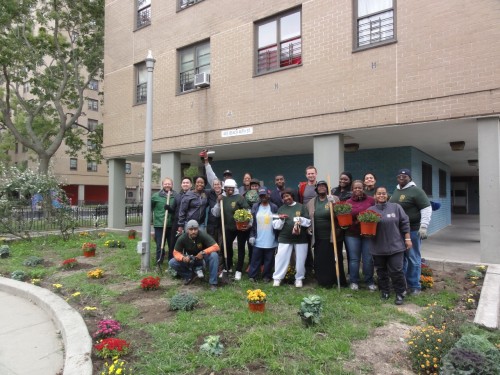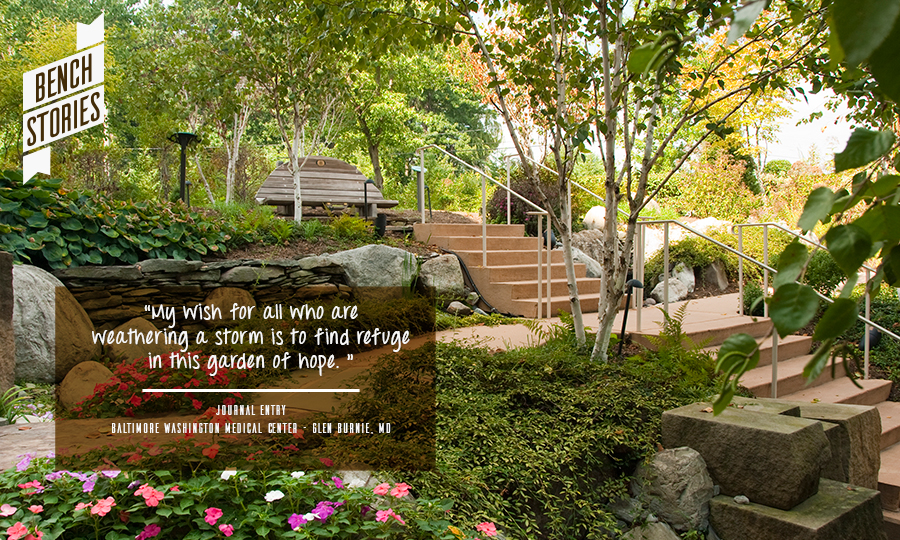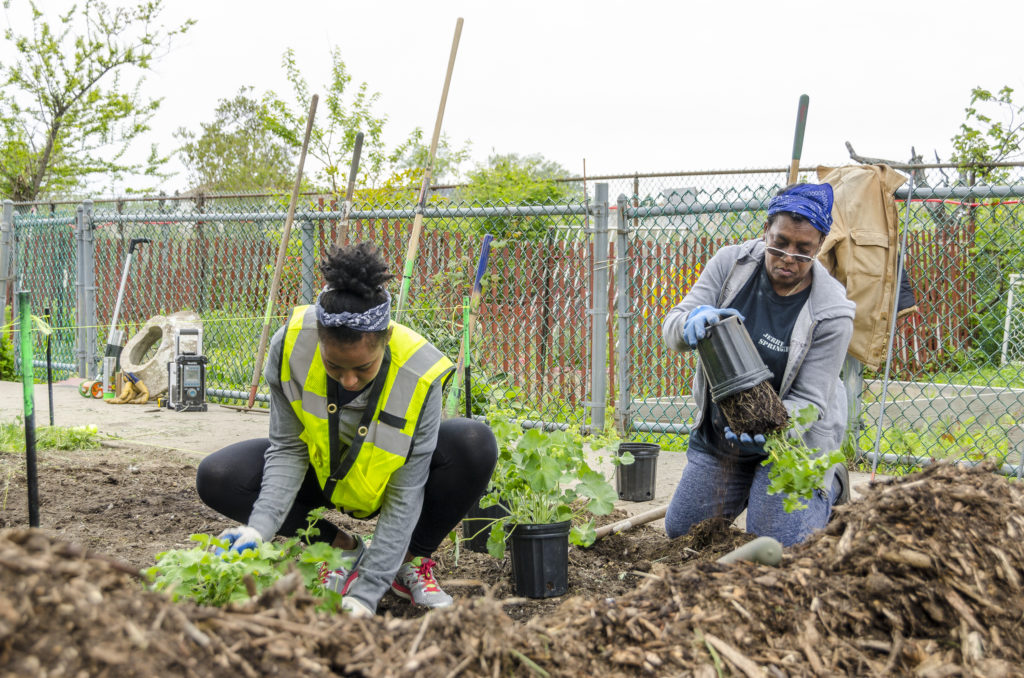“I’ve found that it’s usually the process of coming together as a community that makes a place sacred, not simply the existence of green space.”
Outdoor environments, particularly in cities, can deliver transformational benefits to users and surrounding communities. The experience of nearby nature can offer sanctuary, solace, and places for mindful reflection. Civic Sacred nature spaces can aid in community healing and connection.
What does it take to support and foster a community green space? In areas with a lack of funding or community engagement, it can be challenging. In many instances, challenges are overcome because of a few dedicated community leaders. Stewards of these spaces could be an initial community leader, one who volunteers to maintain a garden, or one who regularly visits because they recognize the value and healing within. Green spaces can be a powerful community powered mechanism for recovery after natural disasters or social need response.
For inspiration and encouragement in fostering your nearby green space, consider these accounts from Nature Sacred partners and others across the U.S.:
“We are interested in how people come together to leave a legacy on the urban landscape that expresses the social, cultural and sacred meaning of a place. In my past work, in places that are often underserved by green or open spaces, I’ve found that it’s usually the process of coming together as a community that makes a place sacred, not simply the existence of green space. If green space alone was all we needed to create healthy and vibrant human communities, then we would find the greenest places in the world home to the healthiest populations. It’s not enough just to surround yourself with good design and green, it’s also what we bring to those spaces as a community through engagement, stewardship, education, programming, and more.”
– Dr. Erika Svendsen, U.S. Forest Service and Nature Sacred Landscapes of Resilience

“This idea of impacting more, of creating great places that integrate nature in an additive way is the direction we need to keep moving in. Much of the conversation around greening and green and the shaping of public spaces is still this solutionism. It comes from the right place and we do need more green in public spaces. But greening alone isn’t going to get us where we want to be. Integrating greening with the way we all shape our civic and public realm will create more demand for a green infrastructure and nature in our lives.”
– Ethan Kent, Project for Public Spaces
Civic Sacred space is inclusive, open, quiet green space. A safe environment where one can focus inward and experience the moment. Feeling the breeze, feeling the soil in your hands, looking down into a pool of water. We can create opportunities for people to have sacred experience but the likelihood of the experience itself depends on urban community engagement. For me, a sacred experience within a nearby nature place occurs when on-the-ground engagement happens.
– Elizabeth Housley, Nature Sacred staff writer


